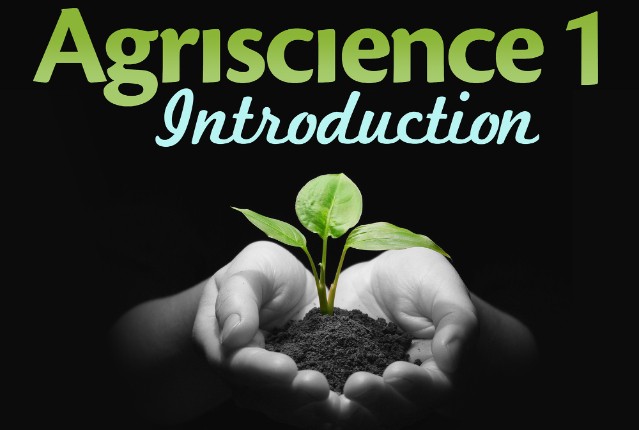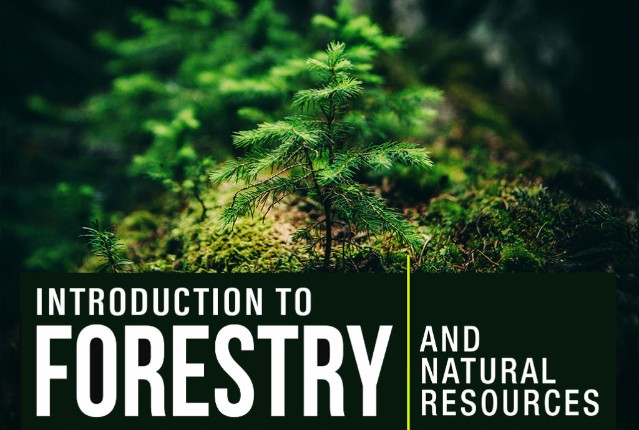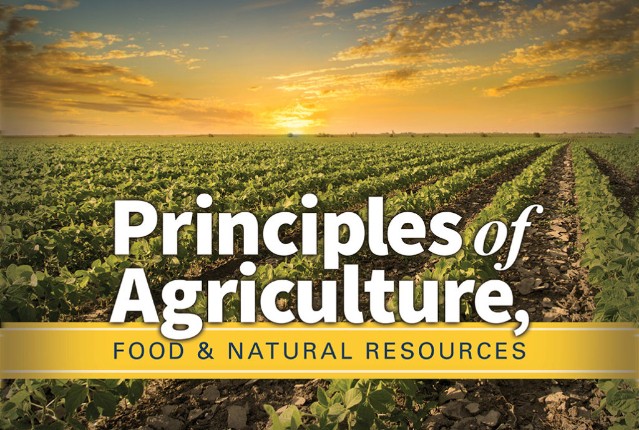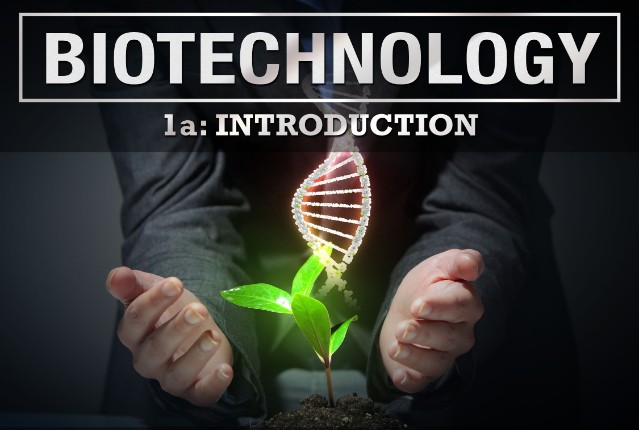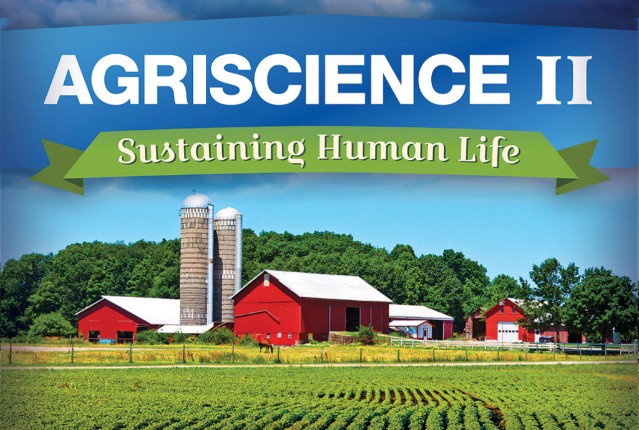
Agriscience II: Sustaining Human Life
Science and technology are revolutionizing many areas of our lives – and agriculture is no exception! From aquaculture to genetic engineering, agriscience is finding new ways to better produce and manage plants, animals, and other natural resources. Let’s delve deeper into important agri-areas such as soil science and weed management. And explore research on plant and animal diseases as well as the insects and other pests that can impact agricultural enterprises and natural resources.Science and technology are revolutionizing many areas of our lives – and agriculture is no exception! From aquaculture to genetic engineering, agriscience is finding new ways to better produce and manage plants, animals, and other natural resources.
Review course outlineAccess for a year
USD 299.00*
* Choose more courses to get a discount
